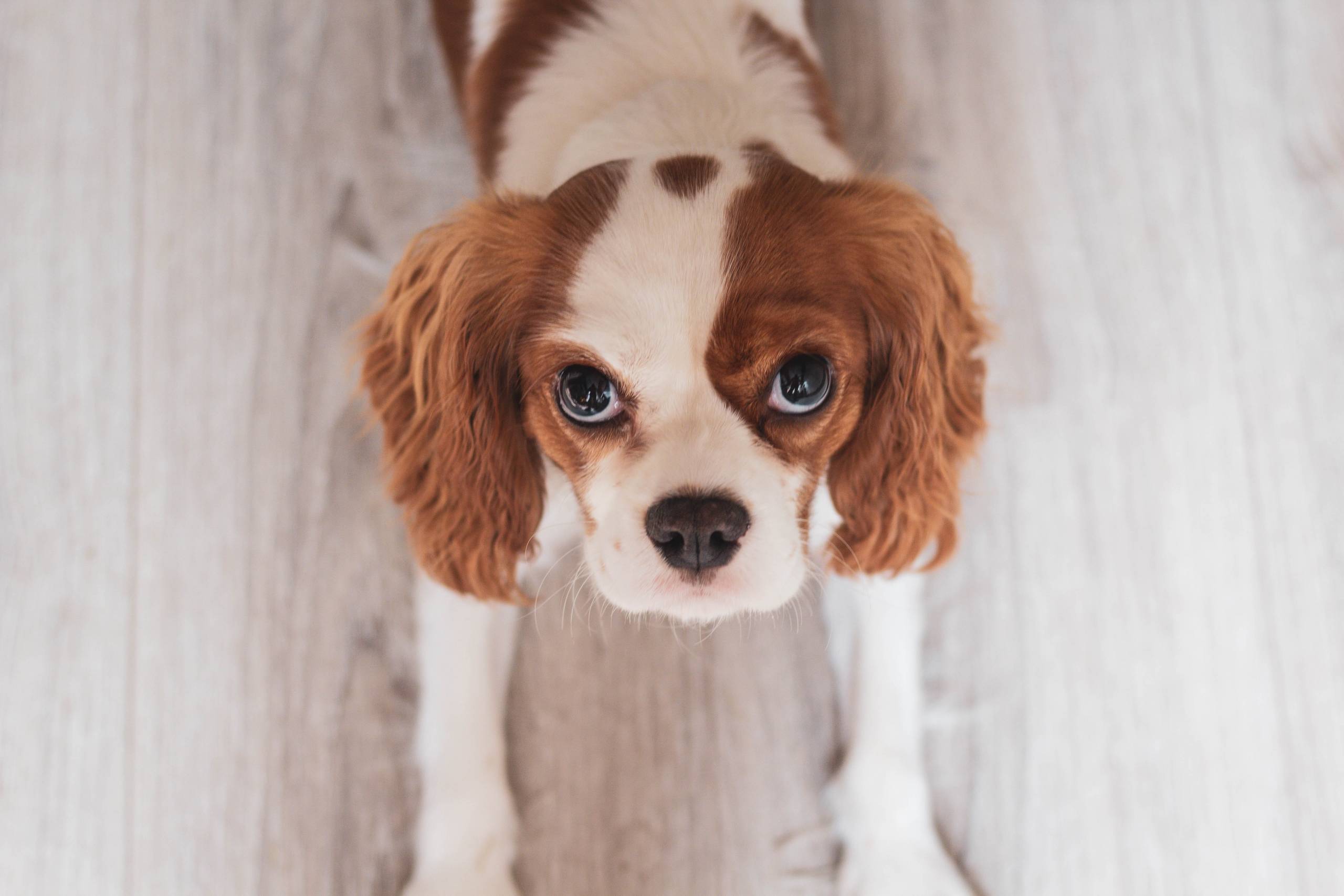Maintaining your dog’s overall health includes proper ear care, which is often overlooked by many pet owners. Cleaning your dog’s ears with hydrogen peroxide can help keep them clean and free from infection, but it’s vital to approach this task with care.
# Importance of Ear Cleaning
Dogs can suffer from ear infections and wax buildup, leading to discomfort and health issues. Regular ear cleaning is essential, particularly for breeds prone to ear problems. A dog’s ears are vital not just for hearing; they can harbor dirt, wax, and moisture, creating a breeding ground for bacteria and yeast. Signs of ear problems may include odor, redness, swelling, and excessive scratching. Regular cleaning can prevent these issues.
# Choosing the Right Solution
When using hydrogen peroxide, select a 3% solution, which is generally safe for cleaning dog ears. Higher concentrations can cause irritation and should be avoided. Always consult your veterinarian before starting a new ear cleaning routine, especially if your dog has a history of ear problems.
# Preparing for the Cleaning Process
Gather your supplies: hydrogen peroxide, cotton balls or pads, and a towel to catch any drips. Ensure your dog feels comfortable and relaxed before you start. Having someone assist you or placing your dog on a non-slippery surface can help them feel secure.
# Inspecting the Ears
Begin by gently examining your dog’s ears for any signs of redness, swelling, or discharge. If you notice anything unusual, consult your veterinarian before proceeding with the cleaning. If the ears appear normal, you can continue with the cleaning process.
# Cleaning Steps
Soak a cotton ball or pad in the hydrogen peroxide solution, ensuring it’s damp but not dripping. Gently lift your dog’s ear flap and insert the cotton ball into the ear canal without pushing it too far. Avoid causing discomfort or injury. Gently massage the base of the ear to help loosen any debris, wax, or dirt. You might hear a squishing sound as the peroxide works.
Allow your dog to shake their head, which helps dislodge any remaining debris. Be ready with your towel to catch any mess. After your dog shakes, use a fresh cotton ball or pad to wipe the ear canal gently, removing visible dirt and excess wax without going too deep.
Repeat this process on the other ear, ensuring both ears are cleaned to maintain balance and health. After cleaning, reward your dog with praise or a treat to create a positive association with the experience.
# Frequency of Cleaning
The frequency of ear cleaning can vary. Dogs prone to ear infections or those with floppy ears may need weekly checks, while others might suffice with a monthly inspection. Tailor your cleaning schedule to your dog’s specific needs.
# Alternatives to Hydrogen Peroxide
Hydrogen peroxide is effective, but it’s not the only option. Commercial ear cleaning solutions designed for dogs are gentle and can contain soothing ingredients. Always read the labels and consult with your veterinarian about the best products for your dog.
# Signs of Discomfort
If your dog shows signs of discomfort during the cleaning process, stop immediately. Ear cleaning should never be painful. If your dog is anxious or resistant, consider seeking help from a professional groomer or veterinarian.
# Monitoring After Cleaning
After cleaning, keep an eye on your dog’s ears for any signs of infection. Persistent odor, redness, or discharge may indicate an underlying issue that requires veterinary attention. Regular home care is essential, but it doesn’t replace professional care.
# Creating a Healthy Environment
In addition to cleaning, maintaining a healthy environment for your dog can prevent ear problems. Regular grooming, bathing, and ensuring their ears are dry after swimming or bathing are important steps. If your dog spends time outdoors, especially in areas with debris, check their ears often.
# Tailored Cleaning Routines
Some dogs may have specific needs based on their breed or health history. Dogs with long, floppy ears may require more frequent attention, while those prone to allergies may need a tailored cleaning routine. Understanding your dog’s unique needs is key to effective ear care.
# Building a Positive Experience
Creating a positive experience around ear cleaning can benefit both you and your dog. Associate the process with rewards and comfort. Over time, your dog may become more relaxed and cooperative during cleaning.
Taking care of your dog’s ears is crucial for their overall health. Using hydrogen peroxide correctly and being attentive to your dog’s needs can help prevent ear infections and ensure their ears remain clean. Regular maintenance not only keeps your dog comfortable but can also save you from more significant veterinary issues down the line. Being proactive about ear health is an essential part of responsible pet ownership.



